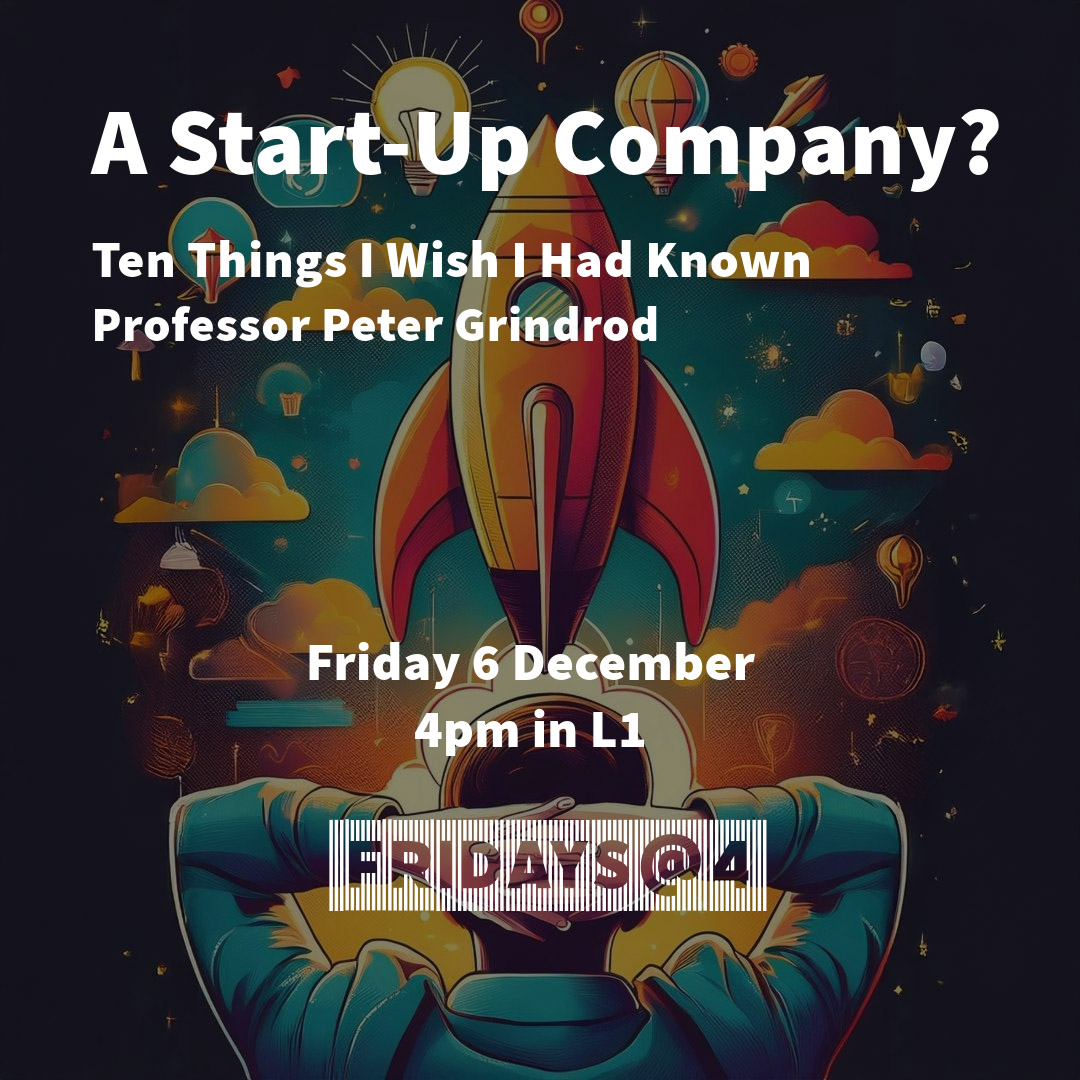The solution of multiterm linear matrix equations is still a very challenging task in numerical linear algebra.
If many different solid methods for equations with (at most) two terms exist in the literature, having a number of terms greater than two makes the numerical treatment of these equations much trickier. Very few options are available in the literature. In particular, to the best of our knowledge, no decomposition-based method for multiterm equations has never been proposed; only iterative procedures exist.
A non-complete list of contributions in this direction includes a greedy procedure designed by Sirkovi\'c and Kressner, projection methods tailored to the equation at hand, Riemannian optimization schemes, and matrix-oriented Krylov methods with low-rank truncations. The last class of solvers is probably one of the most commonly used ones. These schemes amount to adapting standard Krylov schemes for linear systems to matrix equations by leveraging the equivalence between matrix equations and their Kronecker form.
As long as no truncations are performed, this equivalence means that the algorithm itself is not exploiting the structure of the problem as it is not able to see that we are actually solving a matrix equation and not a linear system. The low-rank truncations we may perform in the matrix-equation framework can be viewed as a simple computational tool needed to make the solution process affordable in terms of storage allocation and not as an algorithmic advance.
By taking inspiration from the matrix-oriented cg method, our goal is to design a novel iterative scheme for the solution of multiterm matrix equations. We name this procedure the subspace-conjugate gradient method (Ss-cg) due to the peculiar orthogonality conditions imposed to compute some of the quantities involved in the scheme. As we will show in this talk, the main difference between Ss-cg and cg is the ability of the former to capitalize on the matrix equation structure of the underlying problem. In particular, we will make full use of the (low-rank) matrix format of the iterates to define appropriate ``step-sizes''. If these quantities correspond to scalars alpha_k and beta_k in cg, they will amount to small-dimensional matrices in our fresh approach.
This novel point of view leads to remarkable computational gains making Ss-cg a very competitive option for the solution of multi-term linear matrix equations.
This is a joint work with Martina Iannacito and Valeria Simoncini, both from the Department of Mathematics, University of Bologna.


